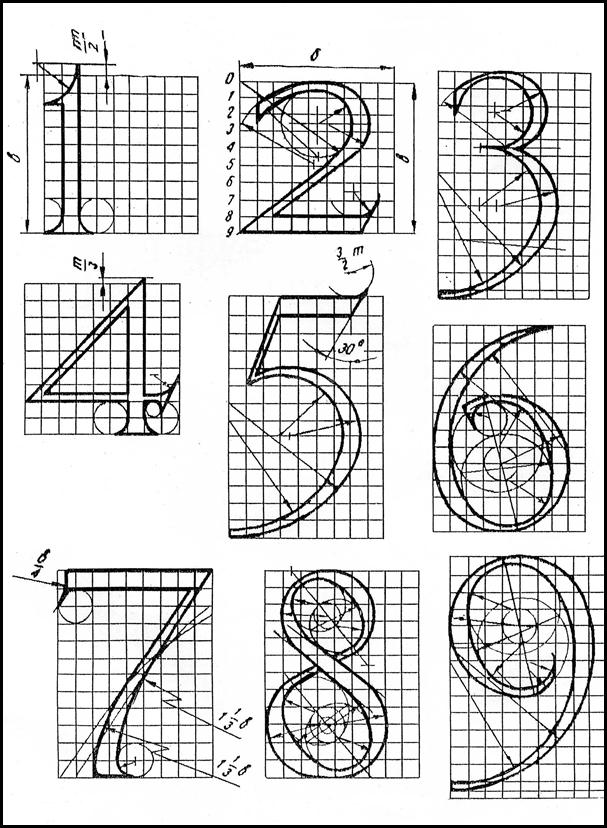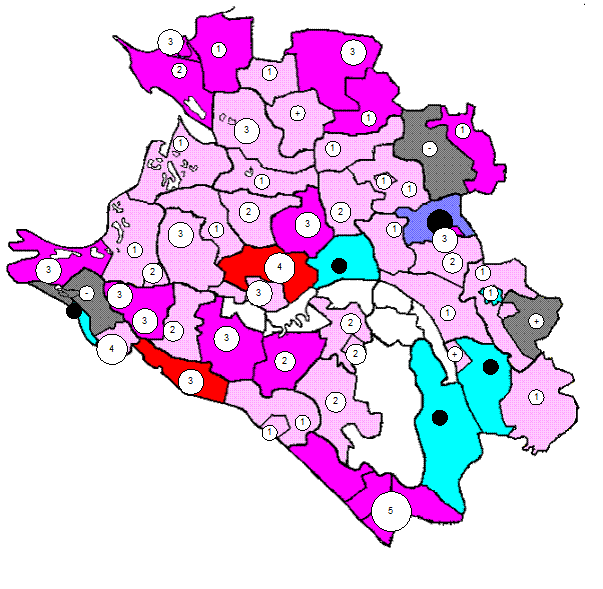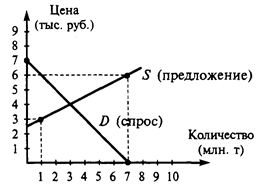DISCUSSION. Exercise 1. Read the information given below, and then with a partner discuss whether the countries and regions below are L (low-context) or H (high-context)
Exercise 1. Read the information given below, and then with a partner discuss whether the countries and regions below are L (low-context) or H (high-context) cultures.
Unit 14
|
| Low-context cultures
| High-context cultures
| | Focus of negotiations
| problem-solving, deadlines are important
| relationship-building, time is flexible
| | Communication style
| direct, verbal, few non- verbal signals
| indirect, dislike conflict, avoid saying «no»
| | Business organization
| individuals more important then the group
| group harmony more important than individuals.-
|
| China
|
| USA
|
| Australia
|
| N Europe
|
| | Middle East
|
| Latin America
|
| UK
|
| Japan
|
|
Exercise 2. Read three negotiation extracts. What went wrong in each case? Think about high- and low-context cultures, as well as the actual phrases used.
Extract 1.
| A:
| I’m afraid I think we might need more time to explore all the implications, and
perhaps to include some of our senior management in the discussion.
| | B:
| Look, Mr Yamada. I’ve already been here a week, and I have a plane to catch this evening. If you don’t want to do this deal. Just say «no».
I mean when I get back, I have to tell my boss we have a contract, or explain why I failed to get one!
| Extract 2.
| C:
| We feel there are still quite a large number of difficulties to face in this project and these will make a very considerable amount of time and money to resolve.
| | D:
| OK, Amal, let’s sit down and work out a schedule.
| | C:
| I am not sure that at that stage a schedule is appropriate, in view of the considerable, cultural differences between our companies.
| | D:
| Well, we need to start work soon if we want to meet the deadlines.
| | C:
| Frau Meler, perhaps we should talk again in a few days, by telephone?
| | D:
| Are you saying you’re quitting the project?
| | C:
| If you insist on putting it in those terms, then, yes, I think probably that is best.
| Extract 3.
| E:
| And you pay the shipping costs.
| | F:
| No, as I told you, our prices are ex-works. You pay for shipping.
| | E:
| So, you don’t want to sell us your machine tools?
| | F:
| No, why do say that? I never said that!
| | E:
| Your terms with Auckland Industries last year included shipping, I believe.
| | F:
| Yes, but that was a much larger contract.
| | E:
| So, our order is not very important for you?
|
Exercise 3. Read the alternative versions of the three negotiations. How do the negotiators avoid misunderstanding?
Unit 14
Extract 1.
| A:
| I’m afraid. I think we might need more time to explore all the complications, and perhaps to include some of our senior management in the discussions.
| | B:
| Uh-huh. Yamada-san, correct me if I’m wrong, but you seem to be saying that you’re not completely convinced by this goal.
| | A:
| I’m afraid there seems to be a slight misunderstanding, Mr Bryson. Let me put it another way. We are as enthusiastic about this deal as ever, but here in Japan it is very important to take the time to consult everyone and to be sure there is a consensus
| | B:
| Ah, yes, I understand. It’s important for me to keep my board informed too.
| Extract 2.
| C:
| I’m afraid we feel there are still quite a large number of difficulties to face in this project, and these will take a very considerable amount of time and money to resolve.
| | D:
| OK, Amal, have I got this right? You’re saying that you’re not sure we have the time or the money to make this project a success?
| | C:
| That’s right. Especially in view of the considerable, culture differences between our companies.
| | D:
| So, would I be right in saying that you are considering withdrawing from the project?
| | C:
| No, I’m sorry, Sabine, that isn’t quite what I mean. What I was trying to say was, we need to take our different approaches to these problems into account, but I’m sure we can find solutions.
| | D:
| Yes, I’m sure we can. Perhaps, we should talk again in a few days, by telephoning?
| | C:
| Yes, that should be fine.
| Extract 3.
| E:
| And if I’ve understood correctly, you will pay the shipping costs.
| | F:
| I’m sorry, perhaps I haven’t made myself clear. The price we quoted was ex works. But we can quote including shipping if you like.
| | E:
| But, didn’t you say you would give us the same terms as for Auckland Industries last year?
| | F:
| Ah, I see, yes. Well, allow me to rephrase that. What I meant, we would be very happy to give you the same terms as Auckland, if you were in a position to order the same volume.
|
Exercise 4. Read the alternative versions again and complete the phrases below.
|
| Extract 1
| Extract 2
| Extract 3
| | Checking Understanding
| 1. Correct me if …………...…., but you seem to be ………… that …..
| 4. Have I ………. right?
| 8. If I’ve understood ……………..?
| | 5. Would I be right ………….. that..?
| Unit 14
| Correcting misunderstanding
| 2. I’m afraid there ……….. a slight
| 6. I’m sorry, that isn’t ….
| 9. Perhaps I haven’t
| | Reformulation
| 3. Let me another ……….
| 7. What I was … was……………
| 10. Allow me ……..
| | 11.What I ………..
|

Шрифт зодчего Шрифт зодчего состоит из прописных (заглавных), строчных букв и цифр...
|

Картограммы и картодиаграммы Картограммы и картодиаграммы применяются для изображения географической характеристики изучаемых явлений...
|

Практические расчеты на срез и смятие При изучении темы обратите внимание на основные расчетные предпосылки и условности расчета...
|

Функция спроса населения на данный товар Функция спроса населения на данный товар: Qd=7-Р. Функция предложения: Qs= -5+2Р,где...
|
Типовые ситуационные задачи. Задача 1. Больной К., 38 лет, шахтер по профессии, во время планового медицинского осмотра предъявил жалобы на появление одышки при значительной физической
Задача 1. Больной К., 38 лет, шахтер по профессии, во время планового медицинского осмотра предъявил жалобы на появление одышки при значительной физической нагрузке. Из медицинской книжки установлено, что он страдает врожденным пороком сердца....
Типовые ситуационные задачи. Задача 1.У больного А., 20 лет, с детства отмечается повышенное АД, уровень которого в настоящее время составляет 180-200/110-120 мм рт Задача 1.У больного А., 20 лет, с детства отмечается повышенное АД, уровень которого в настоящее время составляет 180-200/110-120 мм рт. ст. Влияние психоэмоциональных факторов отсутствует. Колебаний АД практически нет. Головной боли нет. Нормализовать...
Эндоскопическая диагностика язвенной болезни желудка, гастрита, опухоли Хронический гастрит - понятие клинико-анатомическое, характеризующееся определенными патоморфологическими изменениями слизистой оболочки желудка - неспецифическим воспалительным процессом...
|
Конституционно-правовые нормы, их особенности и виды Характеристика отрасли права немыслима без уяснения особенностей составляющих ее норм...
Толкование Конституции Российской Федерации: виды, способы, юридическое значение Толкование права – это специальный вид юридической деятельности по раскрытию смыслового содержания правовых норм, необходимый в процессе как законотворчества, так и реализации права...
Значення творчості Г.Сковороди для розвитку української культури Важливий внесок в історію всієї духовної культури українського народу та її барокової літературно-філософської традиції зробив, зокрема, Григорій Савич Сковорода (1722—1794 pp...
|
|




